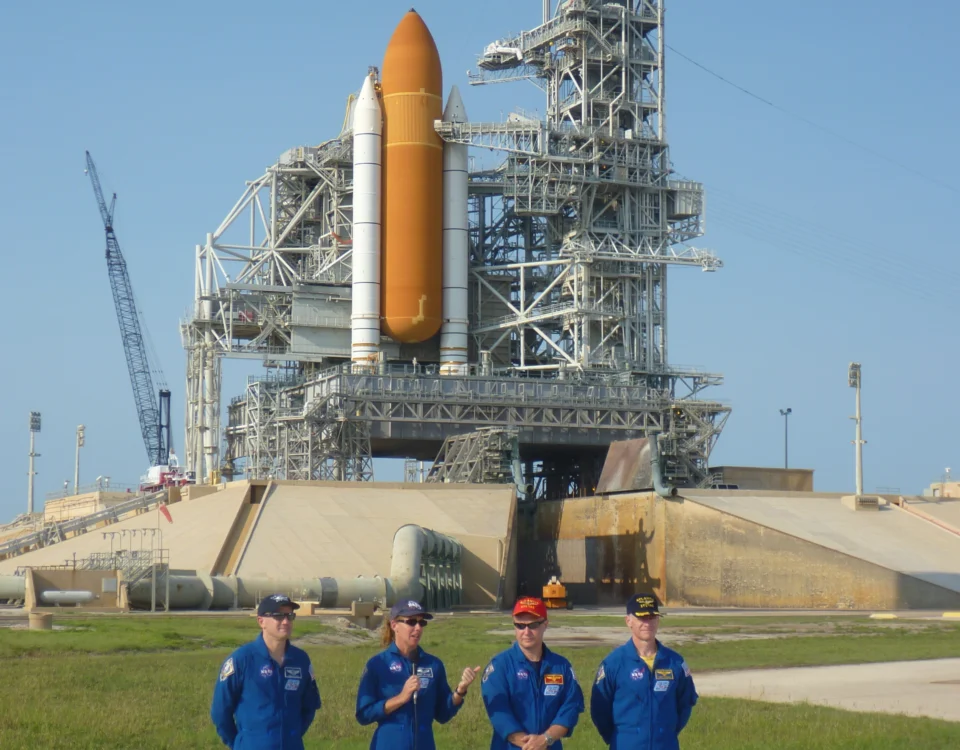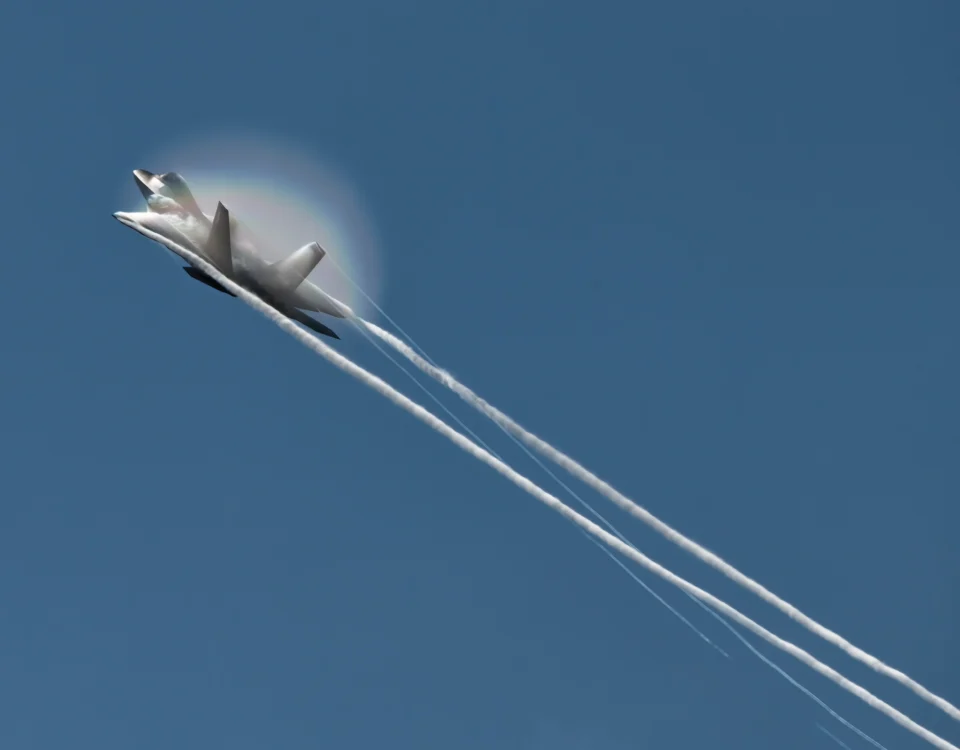Being aviation obsessive, I’m pretty fortunate to have the skies
of Historic New Castle, Delaware, over my head. Moments ago, I photographed a
KC-135 refueling an F-15, the action visible from my upper deck. This afternoon
I can travel less than ten minutes see President Biden depart New Castle’s
airport via the fleet of Marine helicopters with a V-22 Osprey or two thrown in
to the mix for good measure. And being 40 miles or so up the road from Dover
Air Force Base means it’s not unusual to see C-17s and C-5M Super Galaxies majestically
cruising on by, often at low altitudes.
Here at Aerospace Perceptions, though, there’s an even
greater soft spot for the Lockheed C-130H Hercules. The 166th
Airlift Wing and their beautiful prop aircraft are based at New Castle Air
National Guard Base – just over a mile away from Aerospace Perceptions
headquarters. To call the engine rumble of the C-130 a soundtrack to life
around here is not an exaggeration, and to this day if I can I’ll drop whatever
I’m doing to watch one of these big aircraft soar overhead, stars of the
backyard airshow.
The C-130 is certainly one of the USAF’s “old reliables,” a
tactical airlifter having flown thousands upon thousands of missions. Simply
put, it’s an aircraft that can be counted on in critical situations.
One of the essential benefits of the C-130 is its very special
ability to land in challenging environments. In fact, about the only landing
target that is off-limits is water. But that may be just about to change.
The Air Force Special Operations Command – led by Commander Gen. James Slife – has studied
the possibility of adding amphibious capabilities to the AFSOC variation of the
C-130, the MC-130. Basically, a special kit will be implemented in the field to
allow take offs and landings on water. AFSOC anticipates proof of concept testing
to begin as soon as next year.
“We’re going
through the wave tank testing right now,” Gen. Slife explained during a
discussion on September 7 at the Air and Space Force Association’s Warfighters
in Action event in Arlington, Virginia. “We started out with a number of
digital designs. We ran through a series of testing to figure out, ‘Do we want
to do a catamaran or a pontoon or a hull applique on the bottom of the
aircraft?’ We went through all the iterations of that. And we settled on a
design that provides the best trade-off of drag, weight and sea-state
performance.”
Gen. Slife
envisions one particular example of a C-130 with amphibious capability
supporting Naval special operations, landing SEALs close to an operational
target then being able to extract them. Many other potential uses for the
modified MC-130s are seen on the horizon, dovetailing with the air forces of
other countries placing a renewed focus on water operations performed by cargo
aircraft.
Perhaps someday in the not-too-distant future I’ll hear a C-130
landing at the nearby airport on my left, and a C-130 landing on the Delaware
River a few blocks to my right – stereo!
To read more of Gen. Slife’s thoughts – and see him explain
in a video how aircraft prefixes like the “C” in the C-130 should not restrict
thinking about creative airplane applications – visit:
https://www.afcea.org/signal-media/defense-operations/afsoc-goes-amphibious
An in-depth look at the aquatic planning for the MC-130 and
cargo aircraft operations on water:








